There is certainly a dreamy quality to Caleb Cain Marcus’ vertical portraits of glaciers that make up his series and monograph, A Portrait of Ice. Most likely it has something to do with his childhood, spent 35 miles outside of Telluride, Colo., where he was born in a cabin below Wilson Peak, “a beautiful fourteener that I climbed the day after my sixth birthday,” he said.
“There’s a picture of my skis next to my mother and father’s; they look so small,” Marcus wrote via email about his upbringing. “I was a year and a half. When I got tired, my mother would pull me in the sled. An outsider might say I grew up in isolation, but I never felt this way. I was part of the mountains and the trees, the deer and the coyote. I didn’t feel separate from them.” That connection to the mountain served Marcus well during the two years he spent working on A Portrait of Ice, which took him around the world from Patagonia to Iceland, Alaska, New Zealand, and Norway.
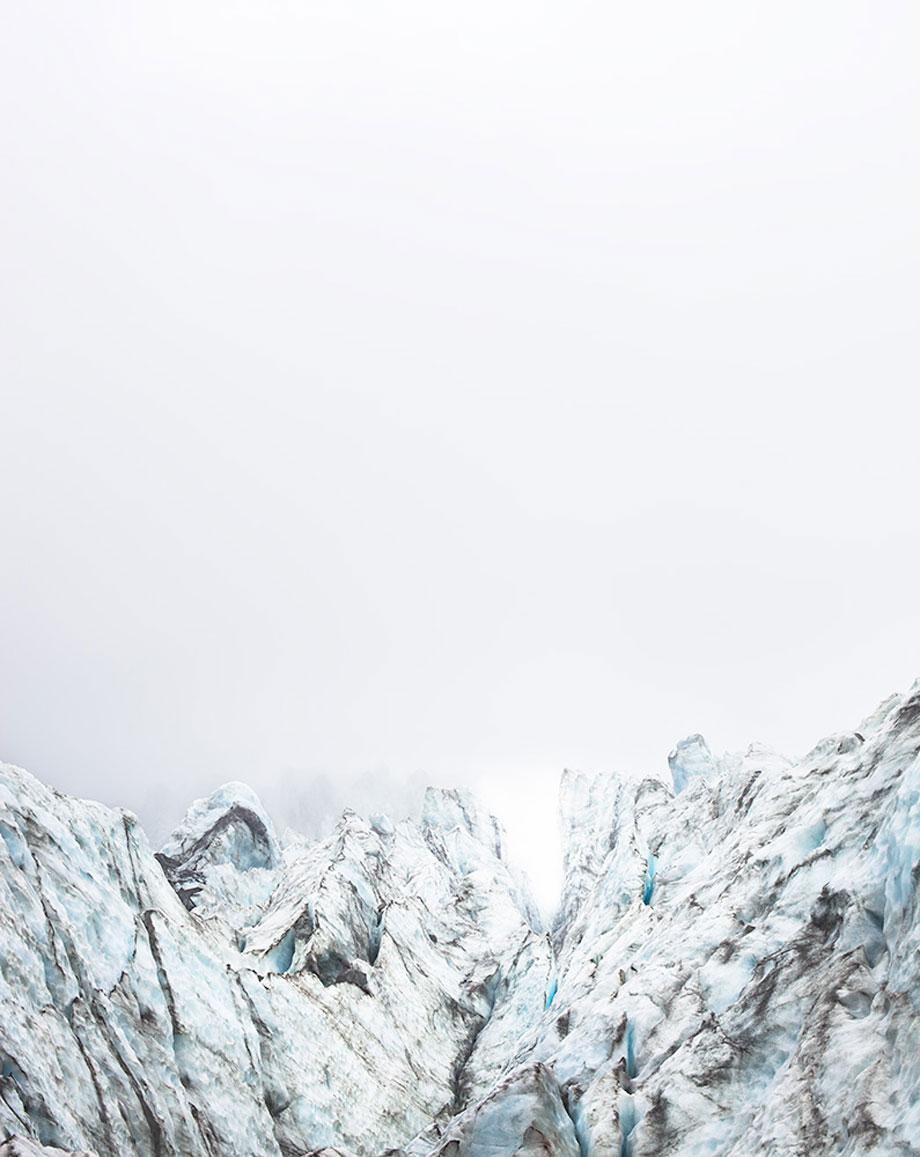
Caleb Cain Marcus
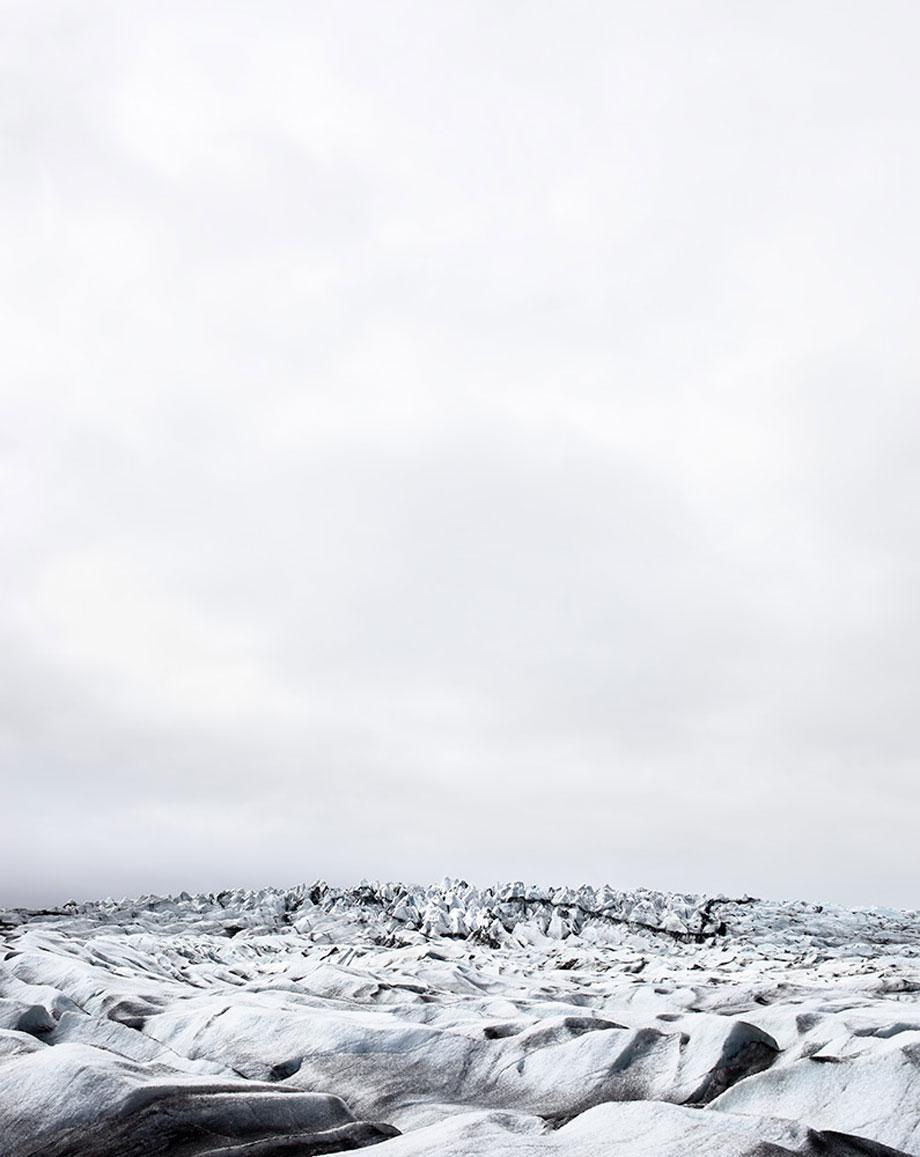
Caleb Cain Marcus
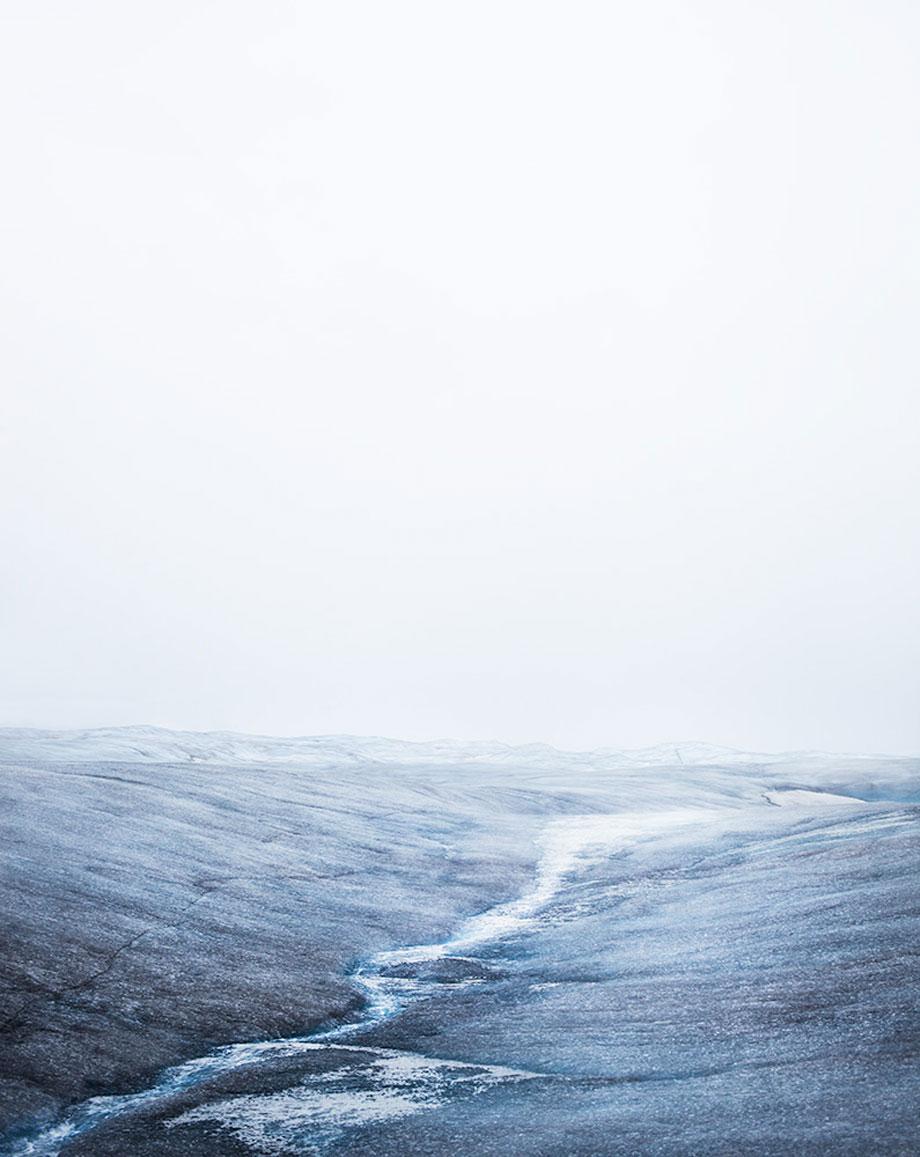
Caleb Cain Marcus
Using New York City as a base, Marcus said the series afforded him an adventure on each glacier, where he was constantly straddling a line between doing what it takes to get a great photo and taking too much risk to get his shots. “When the glacier’s essence emerged and the air tingled, it was as though I was carried away by a symphony,” Marcus wrote. “I ran. The guides inevitably yelled at me and told me I could fall and break my leg or slide off a precipice. … Eventually the guides either gave up or saw that I had an understanding of the ice’s surface. I’m not sure which.”
Although the work is often seen as somewhat meditative in nature, Marcus said that feeling often arises from his desire to create photographs devoid of distraction, though he hardly feels his images are without emotion. “I look for space that has stillness and silence, but not one that is flat,” he said. “Quite the opposite: space that is charged, one where the air is alive. The result is the viewer can slow down and become absorbed within the space of the photograph.”
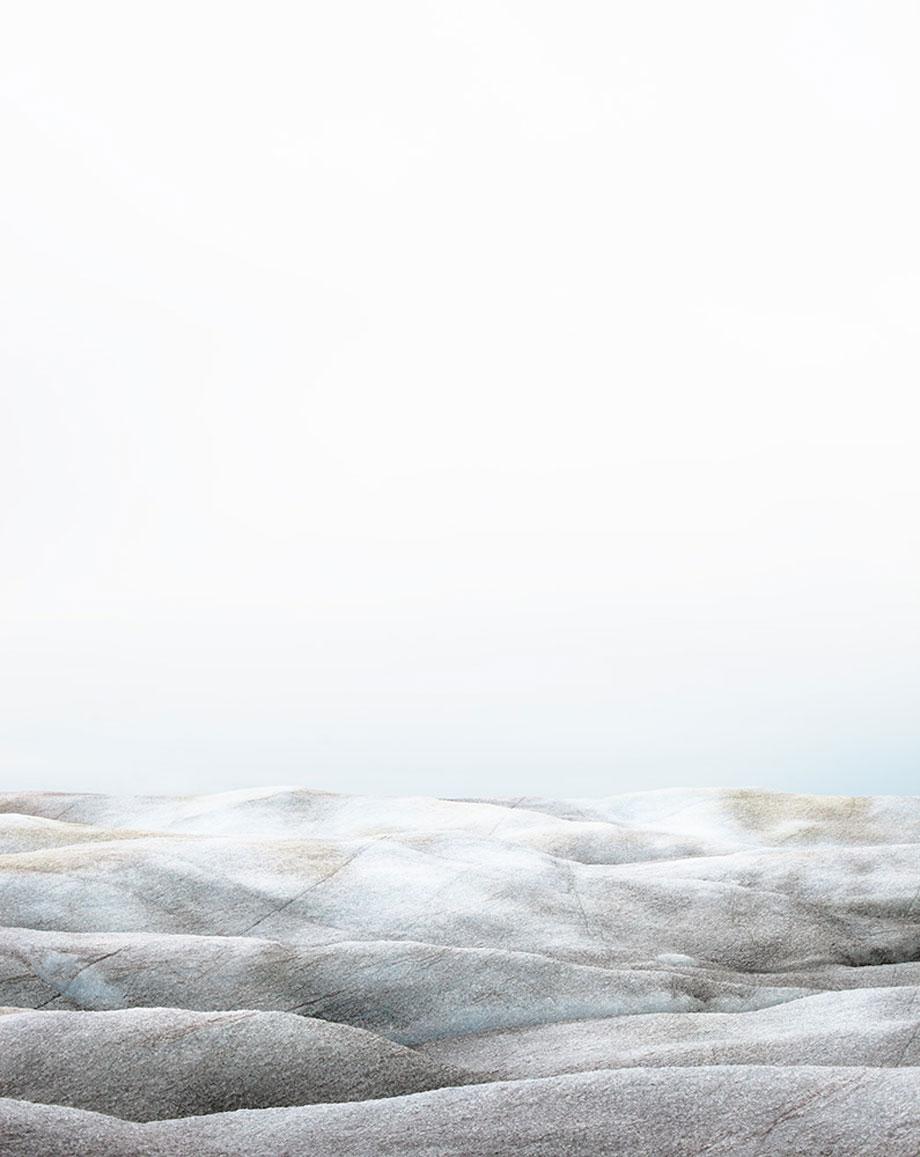
Caleb Cain Marcus
In order to lose the glaciers’ sense of scale and perspective in his photographs, Marcus intentionally shot them without a horizon, which he said allowed them to float, detached from reality.
Marcus said he is currently working on two series, which may meld into one, that deal with the relationship between man and nature and continue his exploration into space and color.
Regardless of his subject, there will probably be a dreamy quality to the work, something he achieved in A Portrait of Ice. “You could say the photograph provides an escape from the everyday,” Marcus said.
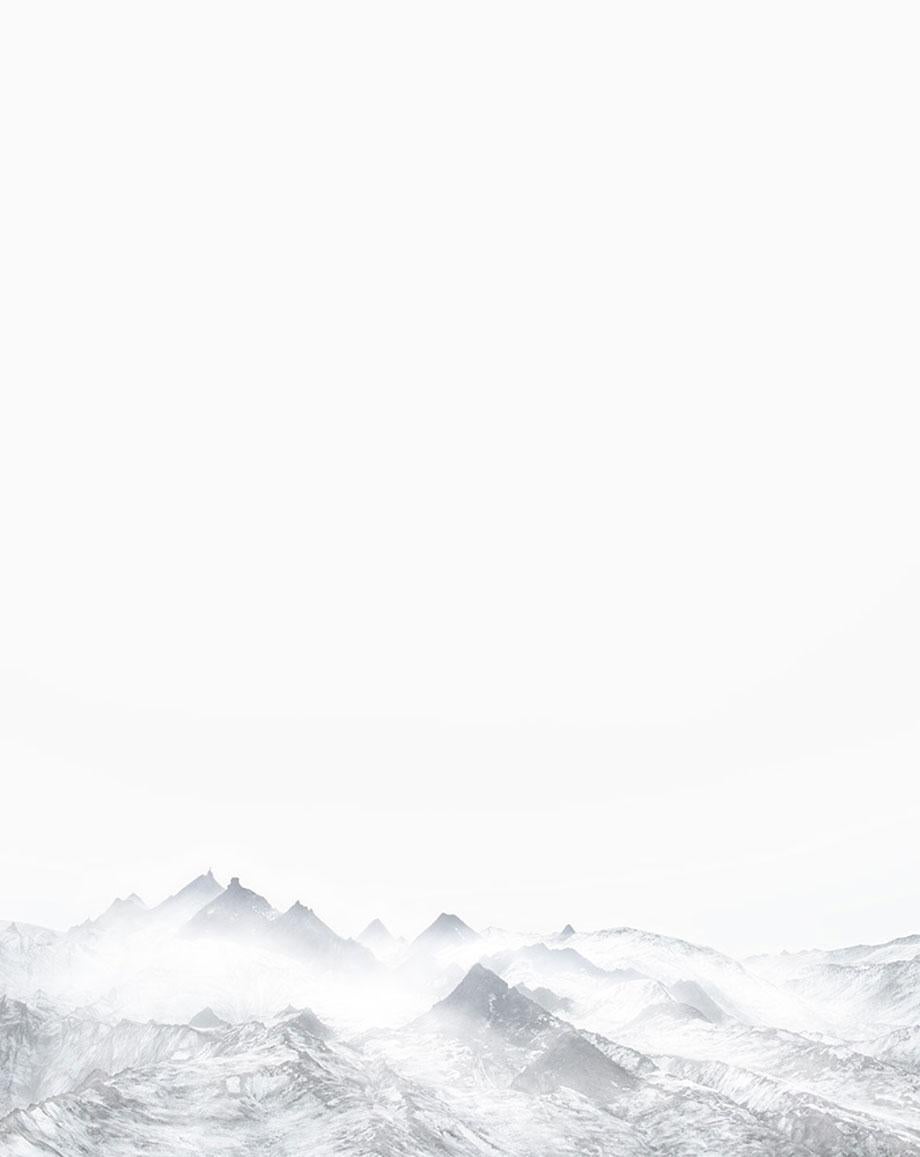
Caleb Cain Marcus
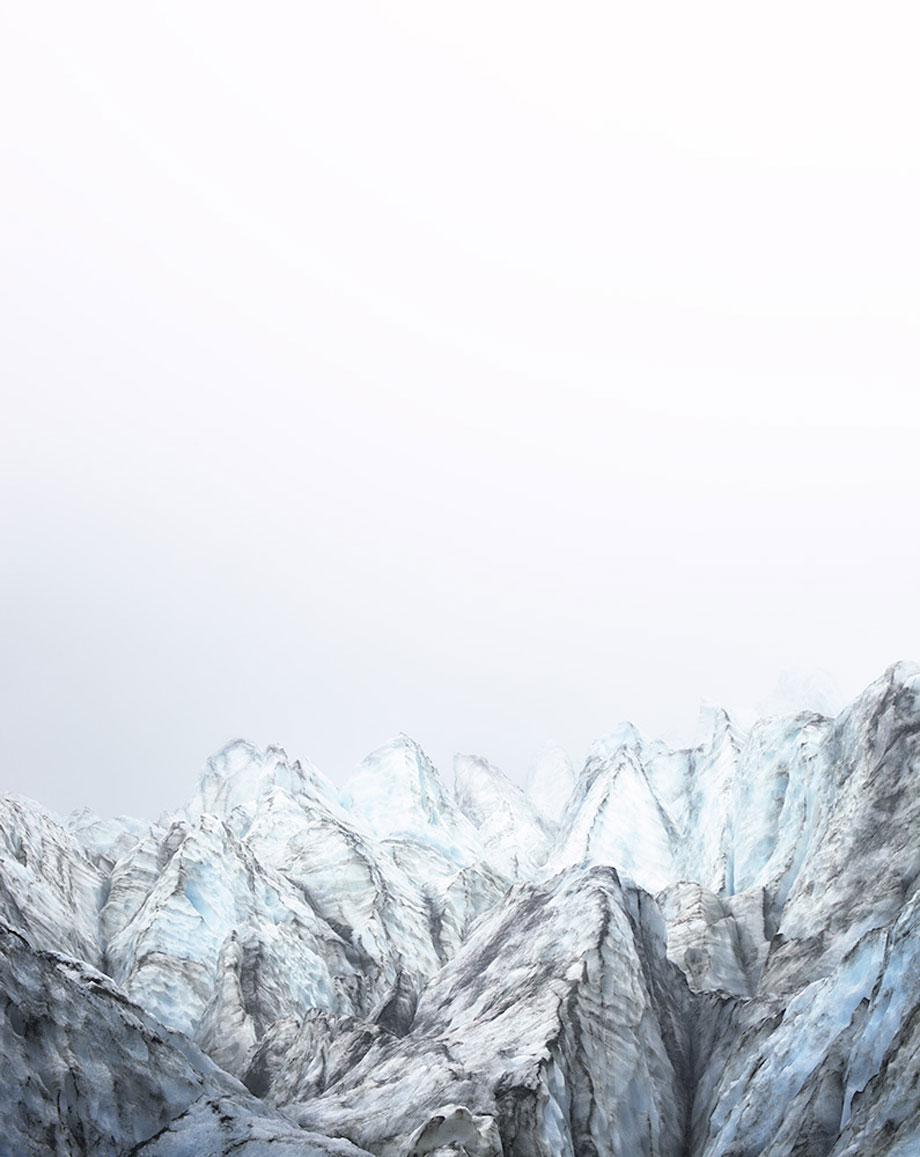
Caleb Cain Marcus
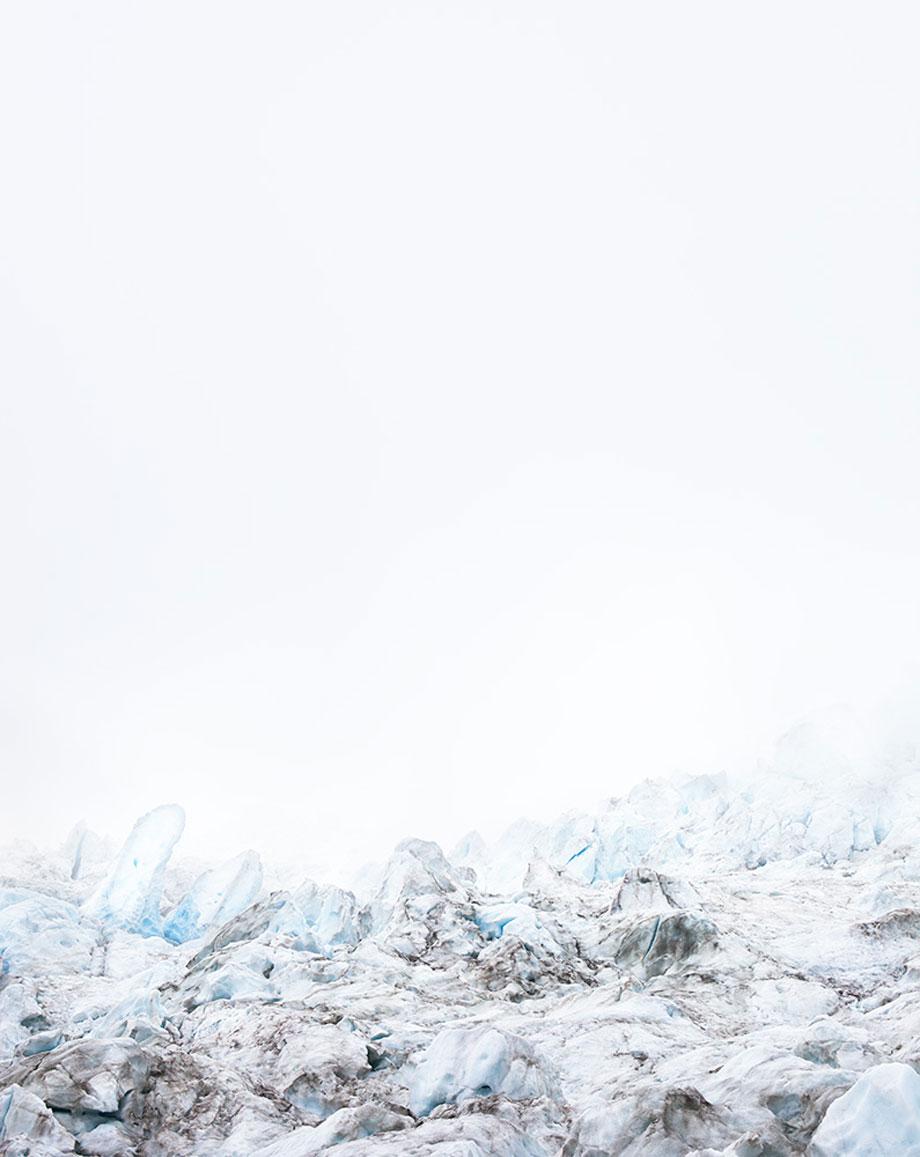
Caleb Cain Marcus
